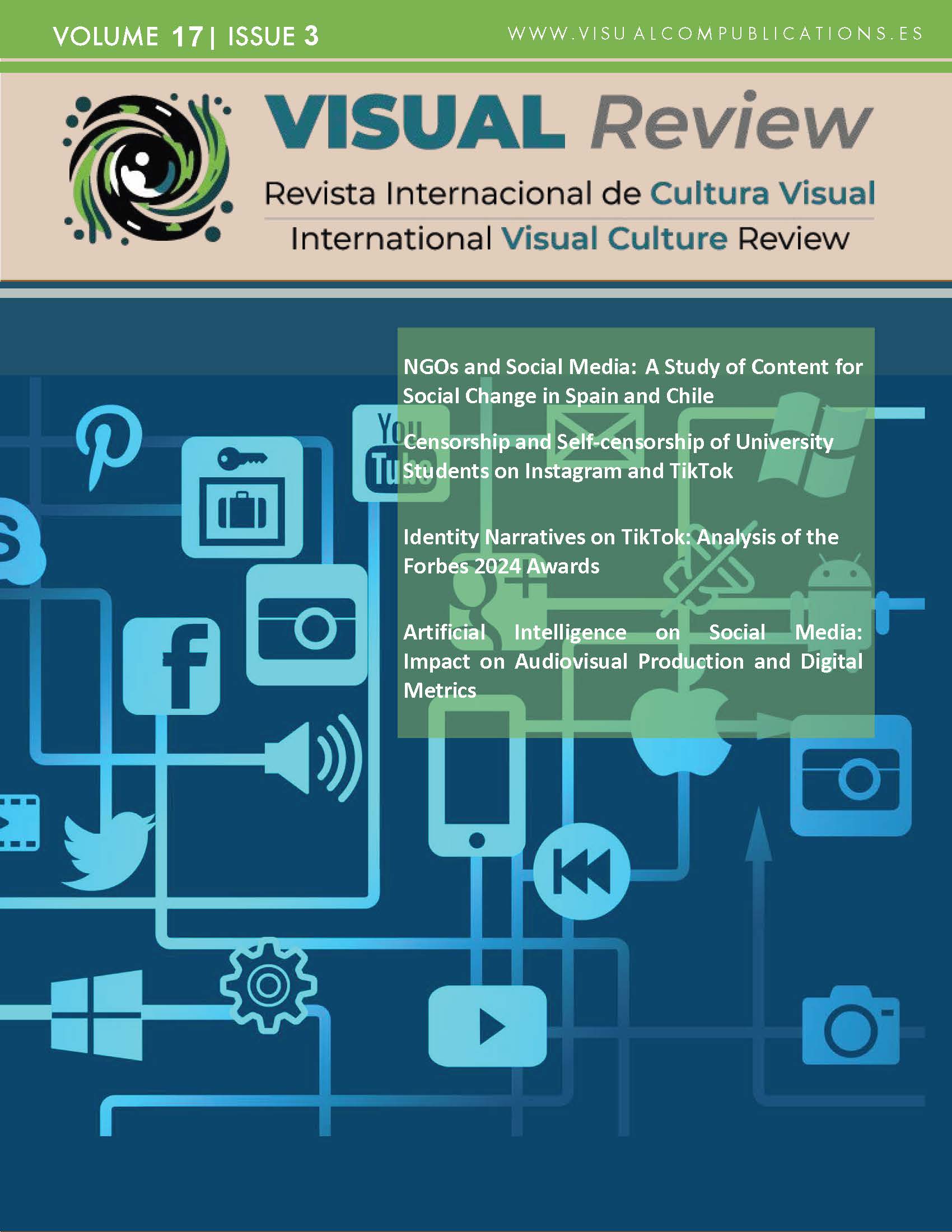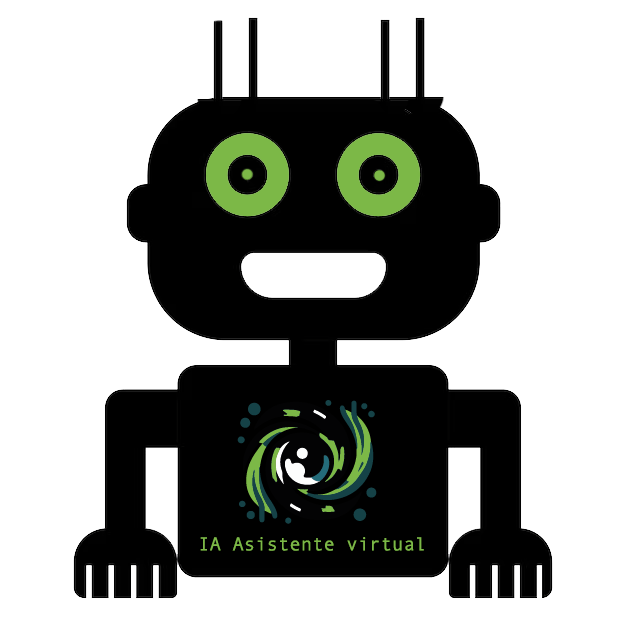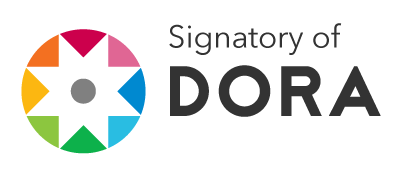Evolution of Television Cyberjournalism
Artificial Intelligence Avatars as 'News Anchors' in International Media
DOI:
https://doi.org/10.62161/revvisual.v17.5749Keywords:
Artificial Intelligence, Cyberjournalism, Presenters, Television, ChatGPT, Journalism, News, CommunicationAbstract
The evolution of artificial intelligence has caused a disruption in people's lives, affecting their personal and professional experiences. In the field of journalism and the media, especially television, a turning point has been reached, so more in-depth analysis is needed to establish a diagnosis of the impact that AI systems are having on models that some see as the new news presenters in online news companies. This study focuses on analysing and reflecting on the role and impact that news presenters are having on television (even in non-media institutions but related to journalism and communication), based on generative artificial intelligence models in Ibero-American, European and Asian media.
Downloads
Global Statistics ℹ️
|
591
Views
|
453
Downloads
|
|
1044
Total
|
|
References
Aguado, J. M., & Martínez, I. J. (2008). Sociedad móvil. Tecnología, identidad y cultura. Biblioteca Nueva.
Benjamins, R., & Salazar, I. (2020). El mito del algoritmo. Cuentos y cuentas de la inteligencia artificial. Anaya Multimedia.
Beckett, Ch. and Yaseen, M. (2023) Generating Change. A global survey of what news organisations are doing with AI. LSE. https://www.journalismai.info/research/2023-generating-change
Boden, M. A. (2022). Inteligencia Artificial. Turner Publicaciones.
Burns, M. (2007). About Teaching Mathematics: A K-8 Resource (3rd ed.). Math Solutions.
Callahan, D., & Barker, A. (2019). Body and text: cultural transformations in new media environments. Springer eBooks.
Canavilhas, J. (2022). Inteligencia artificial aplicada al periodismo: estudio de caso del proyecto “A European Perspective” (UER). Revista Latina de Comunicación Social, 80, 1-13. https://doi.org/10.4185/RLCS-2022-1534
Carrasco Polaino, R. (2024) Experimentando la IA en clase: Análisis de noticias a través de LLM (Large Language Model). En: Flores Vivar, J.M. (Edt.) Comprender la Inteligencia Artificial: Hermenéutica, herramientas y experimentalidad de la IA en la Educación y Comunicación. Fragua.
Casero-Ripollés, A. (2018). Research on political information and social media: Key points and challenges for the future. Profesional de la Información, 27(5), 964-974. https://doi.org/10.3145/epi.2018.sep.01
Caswell, D. (2023). AI and journalism: What's next? Reuters Institute. https://n9.cl/uajhln
Coeckelbergh, M. (2021). Ética de la inteligencia artificial. Cátedra.
Cukier, K., Mayer-Schönberger, V., & De Véricourt, F. (2021). Framers. La virtud humana en la era digital. Turner Publicaciones.
Cherubini, F., & Sharma, R. (2023). Changing Newsrooms 2023. Media leaders struggle to embrace diversity in full and remain cautious on ai disruption. Reuters Institute.
Dader García, J. L. (2014). El periodista, entre el Poder. Revista Latina de Comunicacion Social, 69, 637-660. https://doi.org/10.4185/RLCS-2014-1028
De Lara-González, A., García-Avilés, J. A., & Arias-Robles, F. (2022). Implantación de la Inteligencia Artificial en los medios españoles: análisis de las percepciones de los profesionales. Textual Visual Media. https://doi.org/10.56418/txt.15.2022.001
Diakopoulos, N., Cools, H., Li, C., Helberger, N., Kung, E., Rinehart, A., & Gibbs, L. (2024). Generative AI in Journalism: The Evolution of Newswork and Ethics in a Generative Information Ecosystem. https://doi.org/10.13140/RG.2.2.31540.05765
Elías, C. (2018). Fakenews, poder y periodismo en la era de la posverdad y ‘hechos alternativos’. Ámbitos. Revista Internacional de Comunicación, 40. https://hdl.handle.net/11441/71888
Finn, E. (2017). What algorithms want: imagination in the age of computing. Massachusetts Institute of Technology. https://doi.org/10.7551/mitpress/9780262035927.001.0001
Fletcher, R., & Cherubini, F. (2023). Attitudes towards algorithms and their impact on news. Digital News Report. Reuters Institute.
Flores-Vivar, J. M. (2017). Los elementos del ciberperiodismo. Síntesis.
Flores-Vivar, J. M. (2022). Paradigmas en la convergencia de la inteligencia artificial y el periodismo transmedia. In Serrano-Oceja y Jaramillo-Sánchez (Coords.), Innovar en periodismo: de la desinformación al metaverso (pp. 197-211). Tirant Lo Blanch.
Flores-Vivar, J., & García-Peñalvo, F. (2023). Reflections on the ethics, potential, and challenges of artificial intelligence in the framework of quality education (SDG4). Comunicar, 74. https://doi.org/10.3916/C74-2023-03
Gabelas-Barroso; García-Marín, D., & Aparici, R. (2023). La invasión del algoritmo. Gedisa.
Gaitán Moya, J. A., & Piñuel Raigada, J. L. (1998). Técnicas de investigación en Comunicación Social. Editorial Síntesis.
Gencarelli, T. (2014). Transmedia storytelling and the possible futures for popular cultural entertaiment. In Reno, Campalans, Ruiz y Gosciola (Eds.), Periodismo transmedia: miradas múltiples. Editorial UOC.
Goldman, S. (2022). Why ChatGPT is having an iPhone moment (with a unique twist). VentureBeat. http://bit.ly/3ZHr75R
Gutiérrez-Caneda, B., Vázquez-Herrero, J., & López-García, X. (2023). AI application in journalism: ChatGPT and the uses and risks of emergent technology. Profesional de la Información, 32(5), e320514. https://doi.org/10.3145/epi.2023.sep.14
Hart, C. (1999) Doing a Literature Review: Releasing the Social Science Research Imagination. Sage Publications
Hoguet, B. (2019). Storytelling AI: How artificial intelligence feeds creativity. Canadá Media Fund. https://bit.ly/3yGYw5c
Igartua, J. J. (2012). Tendencias actuales en los estudios cuantitativos en comunicación. Comunicación y Sociedad, 17, 15-40. https://www.redalyc.org/pdf/346/34623149002.pdf
IRCAI (2021). 100 Artificial Intelligence approaches for sustainable development and the benefit of humanity. Global TOP 100 Report. https://bit.ly/3tuP0zb
Klewes, J., & Popp, D. & Rost-Hein, M. (2017). Digital transformation and communications: how key trends will transform the way companies communicate. Management for professionals in out-thinking organizational communications. Springer. https://doi.org/10.1007/978-3-319-41845-2_2
Larson, E. J. (2022). El mito de la inteligencia artificial. Por qué las máquinas no pueden pensar como nosotros lo hacemos. Shackleton books.
Levinson, P. (2012). New New Media. Penguin Academics.
Licha, R. (2016). Confesiones de Puño y Tecla. Amazon Media.
López García, X. (2010). La metamorfosis del periodismo: Historia de lo que permanece y de lo que cambia en el ciberperiodismo del tercer milenio. Comunicación Social Ediciones y Publicaciones.
Luo. G., Yuan, Q., Li, J., Wang, S., & Yang, F. (2021). Artificial Intelligence Powered Mobile Networks: From Cognition to Decision. Cornell University. https://doi.org/10.48550/arXiv.2112.04263
Meyer, P. (2004). The vanishing newspaper: saving journalism in the information age. University of Missouri Press.
Morán, C. (2023) ChatGPT is making up fake Guardian articles. Here’s how we’re responding. The Guardian. https://lc.cx/IsPv-p
Moreno Espinosa, P., & Román-San-Miguel, A. (2021). Las fake news en el periodismo audiovisual. El caso del podcasting y el vodcasting. In R. Mancinas-Chávez & M. L. Cárdenas-Rica (Ed.), Medios y comunicación en tiempos de posverdad (pp. 385-397). Fragua.
Nishal, S. (2024). Making sense of science: Using LLMs to help reporters understand complex research 11 julio of 2024. NiemanLab. https://n9.cl/kks007
Palomo, B., Heravi, B., & Masip, P. (2022). Horizon 2030 in journalism: a predictable future starring AI?. In Vázquez-Herrero, J., Silva-Rodríguez, A., Negreira-Rey, M. C., Toural-Bran, C., & López-García, X. (Eds.), Total Journalism. Studies in Big Data, 97, 271-285. Springer. https://doi.org/10.1007/978-3-030-88028-6_20
Parra, D., & Álvarez, J. (2004). Ciberperiodismo. Síntesis.
Parratt-Fernández, S., Mayoral-Sánchez, J., & Chaparro-Domínguez, M. A. (Eds.) (2024). Periodismo e inteligencia artificial. Aplicaciones y desafíos profesionales. Comunicación Social Ediciones y Publicaciones.
Philp, R. (2024). New AI and large language models for journalists: What to Know. Global Investigative Journalism Network.
Postman, N. (2018). Tecnópolis: La rendición de la cultura a la tecnología. Ediciones El Salmon.
Quian, A., Elías, C., & Soengas-Pérez, X. (2023). Consumption of information and citizen’s perception of the sources consulted during the covid-19 pandemic: A study of the situation based on opinion polls. Profesional de la Información, 32(4), e320413. https://doi.org/10.3145/epi.2023.jul.13
Reuters Institute (2023). Digital News Report. University of Oxford.
Rubio-Moraga, A. L. & Dader-García, J. L. (2019). El futuro del periodismo en tiempos de posverdad. In Aparici, R., & García-Marín, D. (Eds.), La posverdad. Una cartografía de los medios, las redes y la política. Gedisa.
Salaverría, R. (2005). (Coord.) Cibermedios: el impacto de internet en los medios de comunicación en España. Comunicación social, ediciones y publicaciones. https://hdl.handle.net/10171/34332
Salazar, I., & Benjamins, R. (2022). El algoritmo y yo. Guía de convivencia entre seres humanos y artificiales. Anaya.
Sánchez-Gómez, M. C., Rodrigues, A. I., & Costa, A. P. (2018). From qualitative methods to mixed models: Current trend in social science research. RISTI. Revista Ibérica de Sistemas e Tecnologías de Informacao, 28, 9-13. https://doi.org/10.17013/RISTI.28.0
Sigman, M., & Bilinkis, S. (2023). Artificial. La nueva inteligencia y el contorno de lo humano. Debate.
Simon, Félix M. (2024). Artificial Intelligence in the news: how ai retools, rationalizes, and reshapes journalism and the Public Arena. Tow Report. Columbia Journalism Review.
Singer, F. (2023). They’re not TV anchors, they’re avatars: How Venezuela is using AI-generated propaganda. El País. https://n9.cl/7z8or
Túñez López, J. M., & Tejedor Calvo, S. (2019). Inteligencia artificial y periodismo. Doxa Comunicación, 29, 163-168. https://doi.org/10.31921/doxacom.n29a8
Tusa, F., & Tejedor. S. (2019). La inteligencia artificial en el periodismo: el caso de avatares y presentadores robóticos. Un estudio desde la percepción de los periodistas. RISTI. Revista Ibérica de Sistemas y Tecnologías de la Información, 20. https://lc.cx/KMlTPU
Tuomi, I. (2019). The Impact of Artificial Intelligence on Learning, Teaching, and Education. EU Commission: JRC Science for Policy Report. https://doi.org/10.2760/12297
Tousignant, L. (2017). Artificial intelligence is writing the next ‘Game of Thrones’ book. New York Post. https://bit.ly/3yJKBM4
UNESCO (2019). Artificial Intelligence in Education: Challenges and Opportunities for Sustainable Development. Working Papers on Education Policy. https://unesdoc.unesco.org/ark:/48223/pf0000366994
UNESCO (2021a). International Forum on AI and the Futures of Education Developing Competencies for the AI Era. United Nations Educational, Scientific and Cultural Organization. https://unesdoc.unesco.org/ark:/48223/pf0000377251
UNESCO (2021b). Recomendación sobre la ética de la Inteligencia Artificial. https://bit.ly/3lTIvSf
UNESCO (2021c). Los Estados Miembros de la UNESCO adoptan el primer acuerdo mundial sobre la ética de la inteligencia artificial. https://bit.ly/3Ig3UPV
Vila, P., & Tejedor, S. (2021). La inteligencia artificial aplicada a los informativos. Informe de investigación sobre IA y periodismo. Cátedra RTVE-UAB. https://lc.cx/do_Eaw
Downloads
Published
How to Cite
Issue
Section
License
Copyright (c) 2025 Authors retain copyright and transfer to the journal the right of first publication and publishing rights

This work is licensed under a Creative Commons Attribution-NoDerivatives 4.0 International License.
Those authors who publish in this journal accept the following terms:
-
Authors retain copyright.
-
Authors transfer to the journal the right of first publication. The journal also owns the publishing rights.
-
All published contents are governed by an Attribution-NoDerivatives 4.0 International License.
Access the informative version and legal text of the license. By virtue of this, third parties are allowed to use what is published as long as they mention the authorship of the work and the first publication in this journal. If you transform the material, you may not distribute the modified work. -
Authors may make other independent and additional contractual arrangements for non-exclusive distribution of the version of the article published in this journal (e.g., inclusion in an institutional repository or publication in a book) as long as they clearly indicate that the work was first published in this journal.
- Authors are allowed and recommended to publish their work on the Internet (for example on institutional and personal websites), following the publication of, and referencing the journal, as this could lead to constructive exchanges and a more extensive and quick circulation of published works (see The Effect of Open Access).













